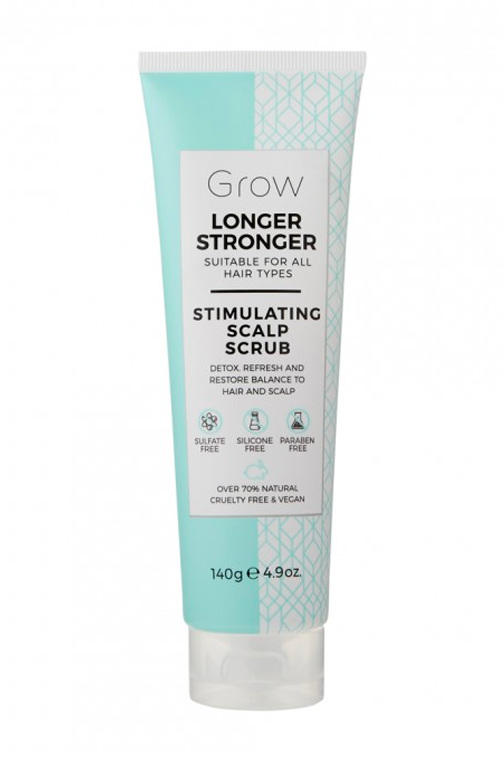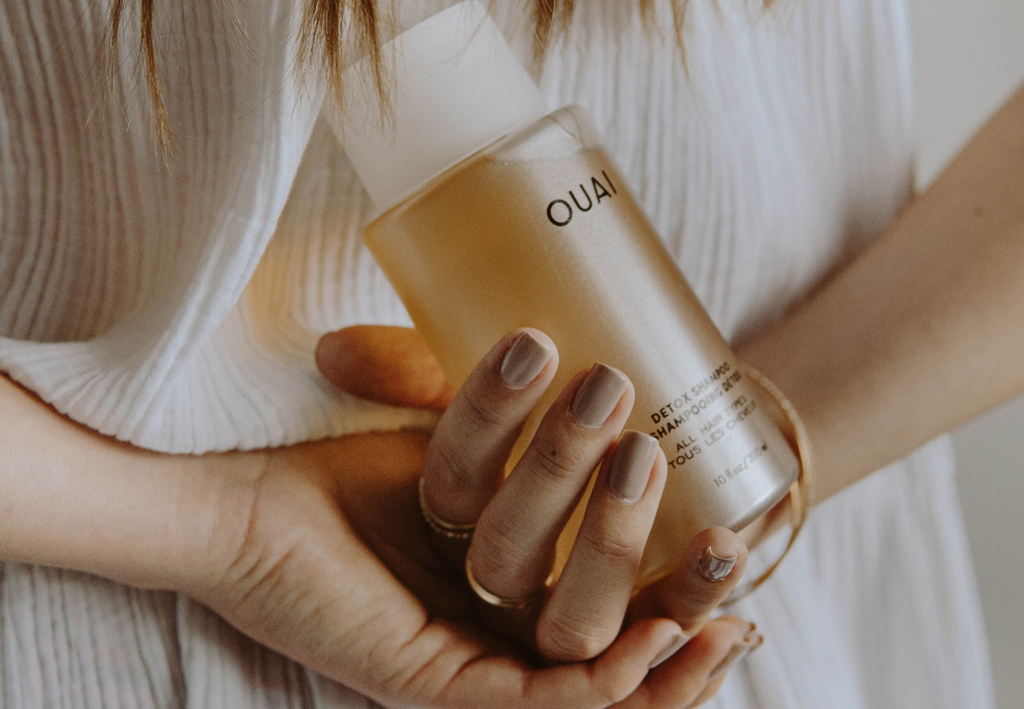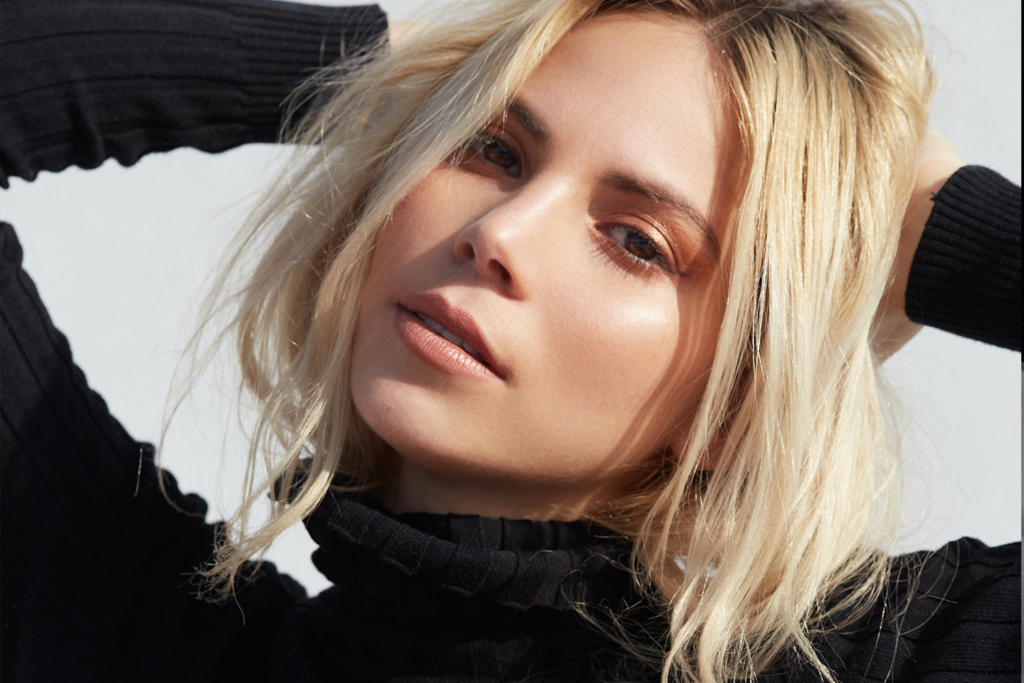FEATURED IN : BEAUTYCREW
How to get rid of dandruff once and for all
When it comes to embarrassing beauty concerns, having dandruff ranks pretty close to the top. And while there are a number of ways to treat a dry, flaky and itchy scalp, finding the treatment method or product that works best for you isn’t always easy. But achieving and maintaining a healthy head of hair doesn’t have to be such a hard ask.
BeautyCrew team spoke to Senior Scientist for Head & Shoulders, Saint Tiu, to help you figure out why you’re suffering from dandruff in the first place, and to find out the best ways to get rid of it once and for all.
What is dandruff?
“Dandruff is a condition that results in dry white flakes of dead skin that appear on the top of the scalp,” explains Tiu. “But while shedding of skin cells is normal, those with dandruff will have them shed at a faster rate. The oils found on the top of the scalp then clump those loose cells together, causing white flakes.”
The causes of dandruff
Here’s where it gets a little complicated. Dandruff is not actually the result of a dry scalp; in fact, it’s the oils on your scalp that are to blame. The root cause of dandruff is a naturally-occurring microbe (technically a fungus) on your scalp called malassezia. The food source for this tiny organism is sebum (or the oil on your scalp). When that sebum is broken down, the waste that malassezia produces is known as oleic acid, which happens to be an acid that many people are sensitive to. And you guessed it, that sensitivity often manifests as an irritated and itchy scalp. In order to get rid of this irritation, your scalp then sheds skin cells at a faster rate than usual and it’s this rapid shedding that causes dandruff.
Why some people suffer from dandruff and not others
Rather than being caused by poor hygiene or cold and dry weather, the only reason you’ll ever develop dandruff is because of a scalp sensitivity to oleic acid. Tiu explains that “much like some people are sensitive to dairy or gluten, certain people are born with a sensitivity to oleic acid”. So, to set the record straight, no dandruff isn’t a ‘bad hygiene’ thing. Stand tall; even if your scalp is feeling flaky; you were literally born this way.
The best ways to treat dandruff
“If you’re prone to an itchy, flaky scalp, choose haircare products with active ingredients to fight the symptoms of dandruff. Ingredients like ketoconazole and zinc pyrithione are anti-fungal agents that actively decrease the growth of sebum caused by humidity,” says Tiu.
Tiu also recommends rinsing your hair and scalp under clean, cool water before shampooing in order to remove sweat and toxins. Not ideal in chilly weather, no, but hey, neither is dandruff. Additionally, he stresses the need to keep your scalp moisturised to avoid further irritation.
“Our scalps need moisture, however there is a common misconception that applying conditioner to your roots makes hair greasy and oily. You should always condition your hair from root to tip and leave for two minutes to allow time for your product to nourish both your hair and scalp before rinsing,” says Tiu.
Adding a purifying scalp scrub into your routine is also a good idea; if congestion is contributing to the issue, it’ll aid to clear away dead skin and product buildup. The GROW Longer Stronger Stimulating Scalp Scrub ($16.99 at Priceline), for example, features both peppermint oil (for soothing irritated, itchy skin) and sea salt (a gentle but effective exfoliant) to balance and refresh the scalp while also helping to enhance hair growth.





